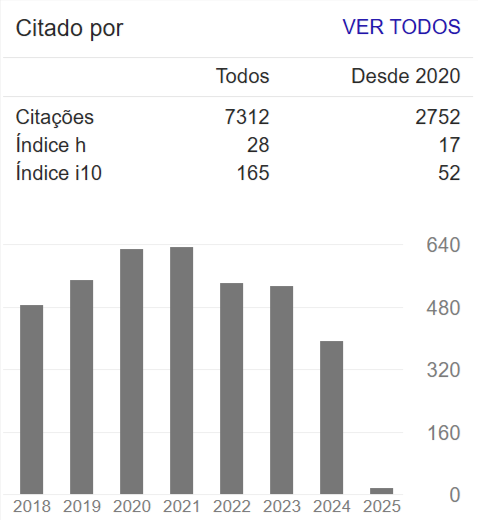Effect of structural discontinuity on the hydrogeochemistry of the Barreiras aquifer in northeastern Brazil
Abstract
The Barreiras aquifer in the Boa Cica wells field, located in the Nísia Floresta Country/RN, is composed of siliciclastic rocks with a median thickness of 65 meters. The studied area it is over a Mesozoic carbonate aquitard. Both units, locally, are intercepted by fault system with NE-SW and NW-SE ditections. The objective of this study is to understand the interaction between the geological structuring of the area and the hydrogeological and hydrogeochemical variables. The faults yield discontinuities that causes a preferential flow path of groundwater interaction within the aquitard-aquifer, taking place in the depths by ascending vertical flow, This conclusion seems to be consistent with the fact that two distinct groups of groundwater have been observed: Group 1, of sodium-chloride type facies, typical of the Barreiras; Group 2, of calcium magnesium-bicarbonate type facies, typical of the carbonate aquitard.

















